Mali features earthen mosques, ancient archaeological sites, noteworthy geological formations and natural parks. The cities of Timbuktu, Djenné, and Gao have religious and historical mud-brick architecture. The country also has waterfalls, ancient caves, and colonial monuments. National parks and nature reserves are home to local wildlife. The architectural heritage includes historic mosques, traditional fortifications, and administrative buildings from the colonial period.
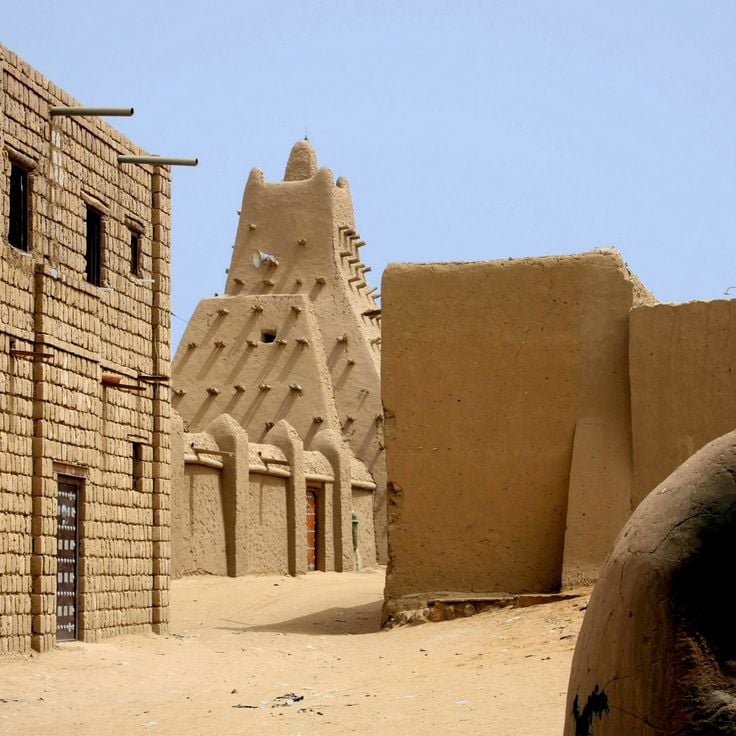
Timbuktu, Mali
This Quranic university and Islamic study center has educated thousands of students since its establishment in 988. Its architecture is characterized by sun-dried earth walls and palm wood beams in the Sudano-Sahelian style.

Kayes, Mali
The waterfall drops 16 meters and spans a width of 500 meters on the Senegal River. The water volume changes with the rainy season.
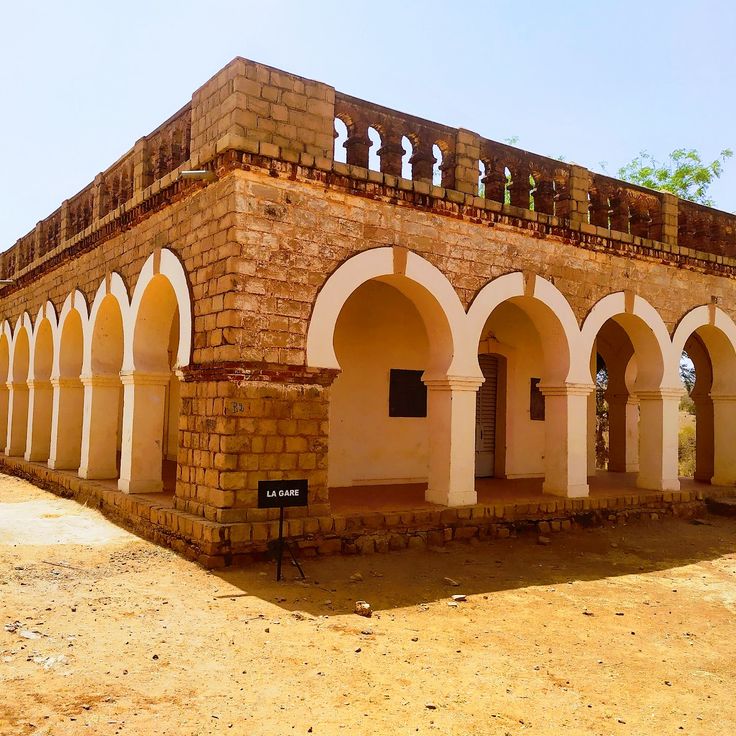
Kayes, Mali
French military construction from 1855 near the Senegal River. The fort served as a control post for commerce on the river in the 19th century.
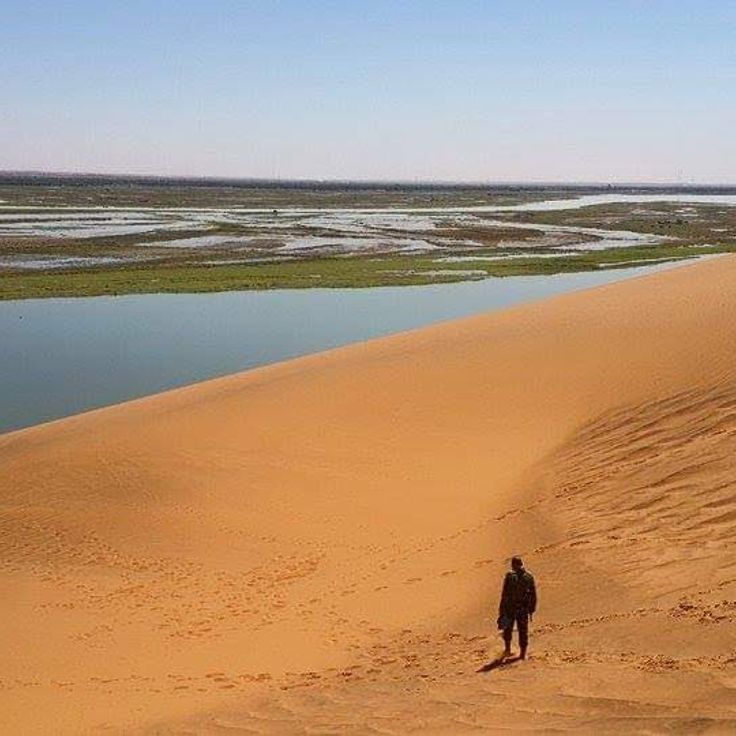
Mali
Pink sand formation created by wind erosion. This dune in the desert changes hue based on sunlight.

Timbuktu, Mali
Religious center built in 1325 using traditional methods of earthen construction. The structure integrates a palm wood system to reinforce the walls.

Hombori, Mali
The highest mountain in Mali at an altitude of 1153 meters, located in a desert region. The site contains caves with rock paintings.
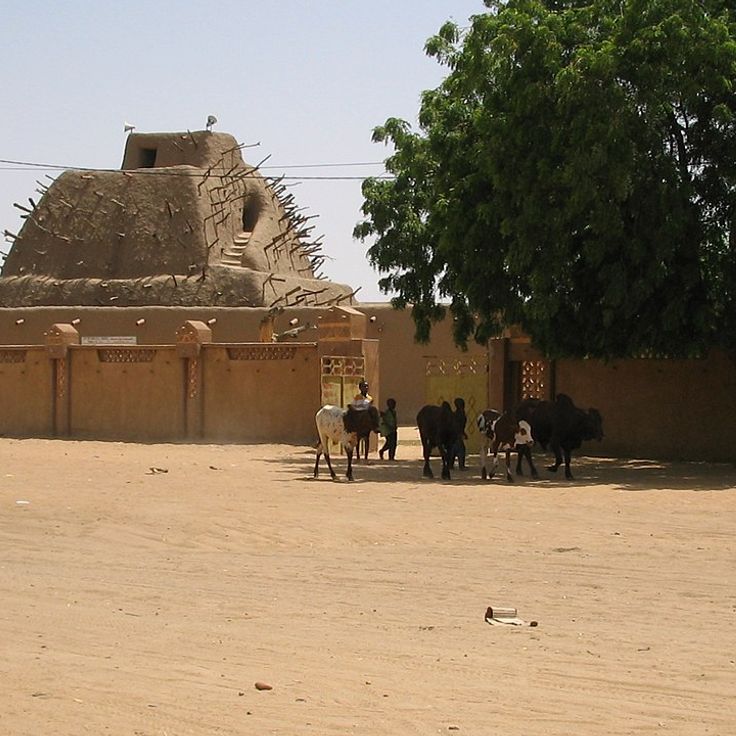
Gao, Mali
Pyramidal structure of 17 meters built in 1495 for Emperor Askia Mohamed. The complex includes a prayer room, a cemetery, and a viewing terrace.
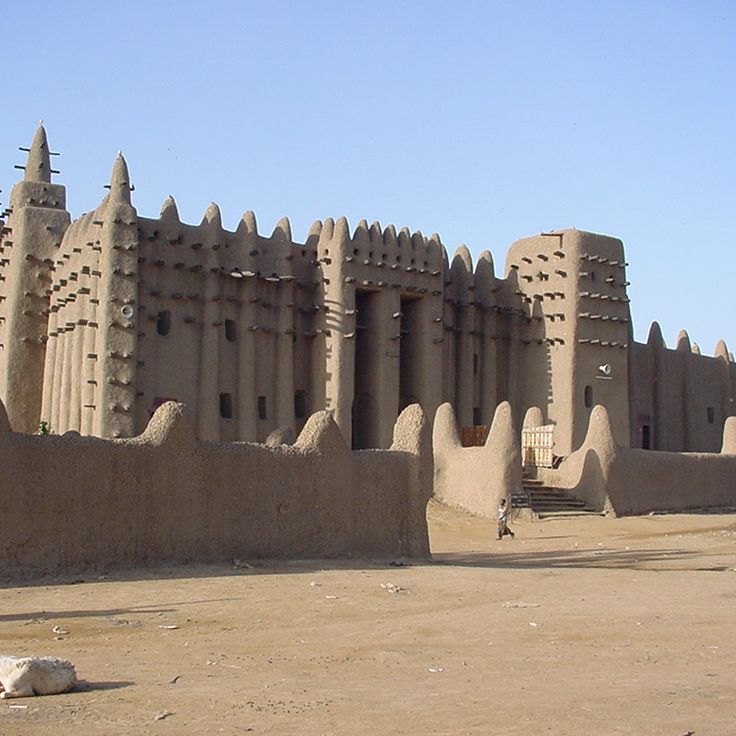
Djenné, Mali
Earthen religious building constructed in 1907 on an area of 5625 square meters. The walls integrate wooden beams that protrude for maintenance purposes.
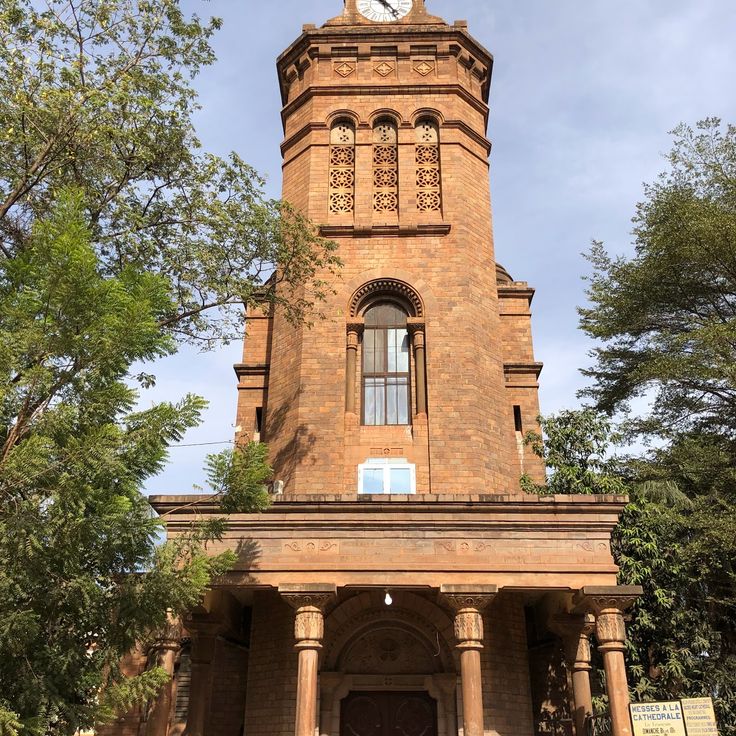
Bamako, Mali
Catholic religious building constructed in neo-Roman style during the French colonial period. The cathedral features two towers and a central nave.

Mopti, Mali
Monument built between 1933 and 1935 following traditional Sudanese architecture with earthen walls and palm wood pillars.
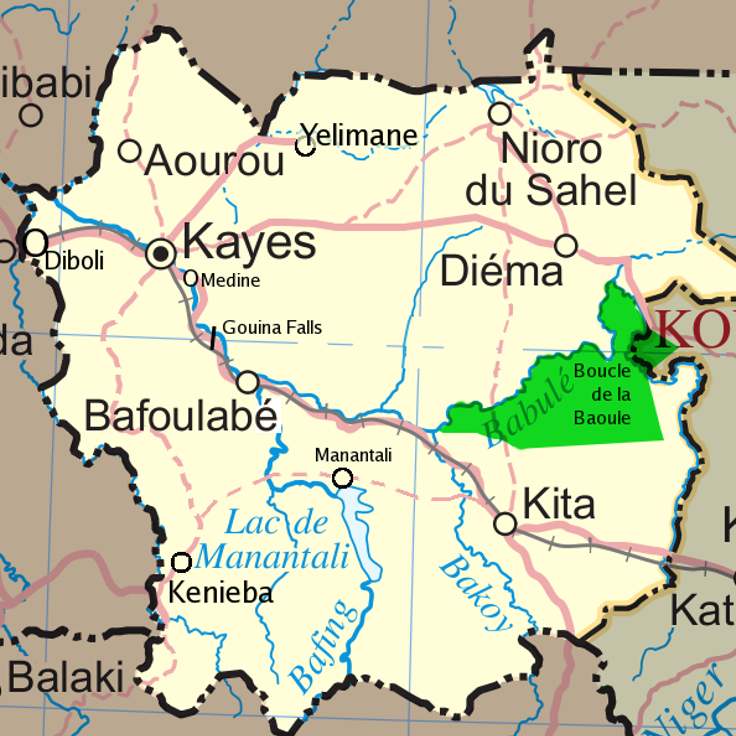
Kayes, Mali
Natural reserve covering 25,000 square kilometers created in 1954. The park is home to elephants, lions, antelopes, and various bird species.
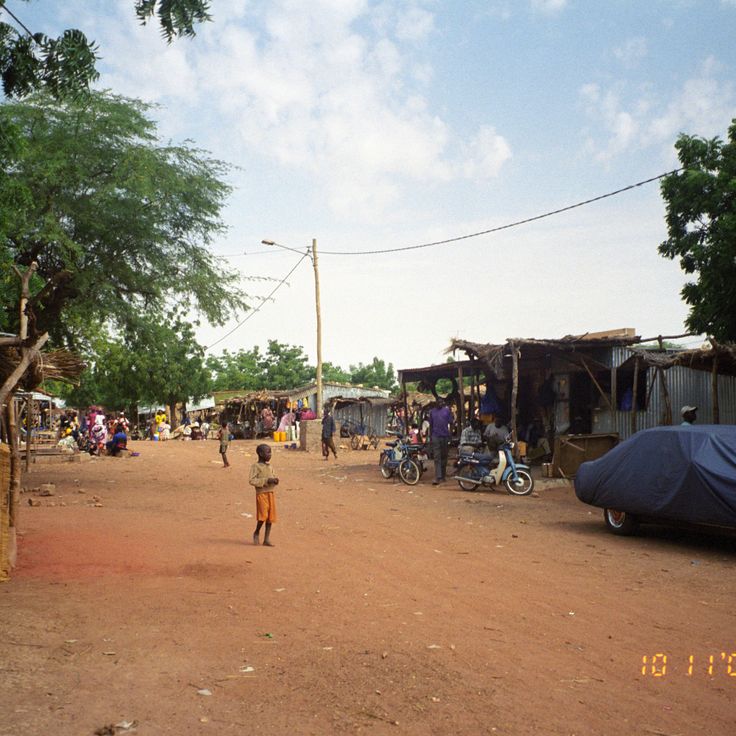
Bandiagara, Mali
Sandstone cliff 150 kilometers long listed as a UNESCO World Heritage Site. The site includes Dogon settlements and rock burials.
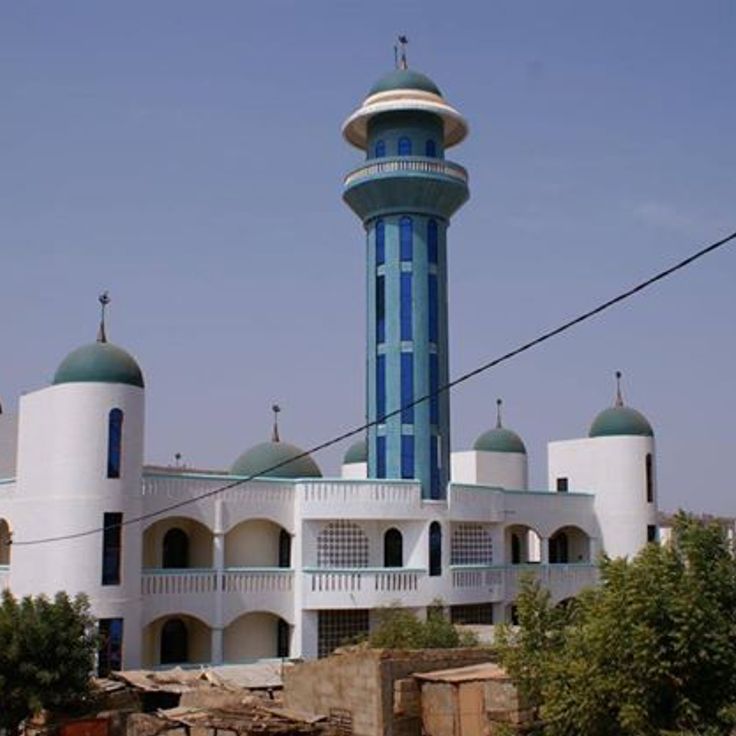
Bamako, Mali
Central mosque located in Bamako's commercial district. Place of worship with minarets and rooms accommodating thousands of worshipers.
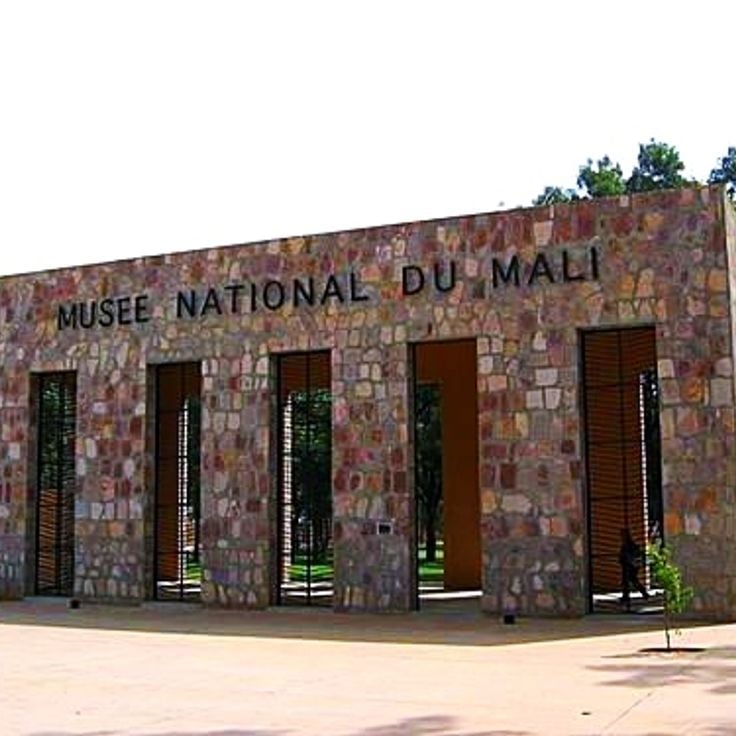
Bamako, Mali
Cultural institution showcasing Malian archaeological, ethnographic, and artistic collections. The museum presents traditional objects, masks, and ancient textiles.
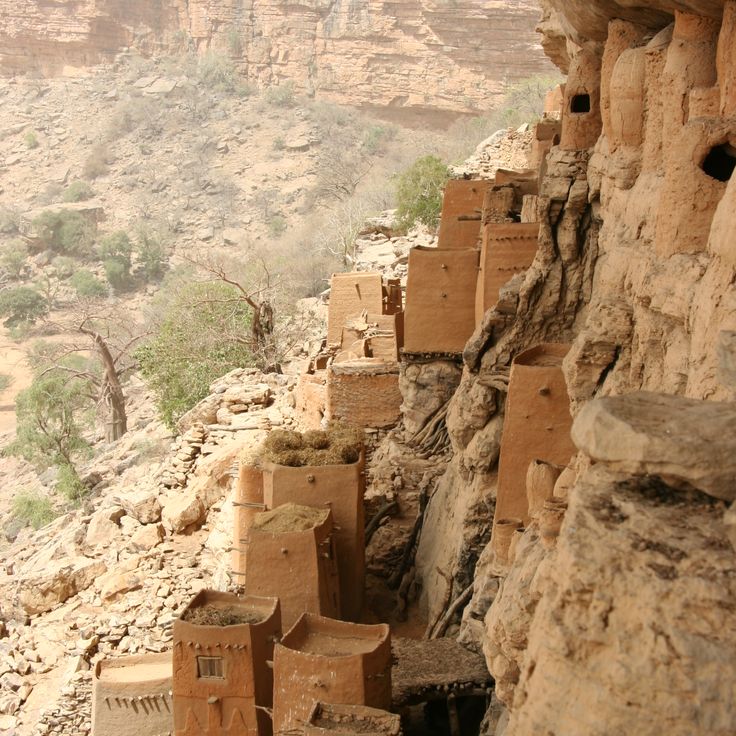
Dogon Country, Mali
This cave contains pottery, textiles, and sculptures dating back to the 11th century. Archaeologists found burials and ritual objects there.
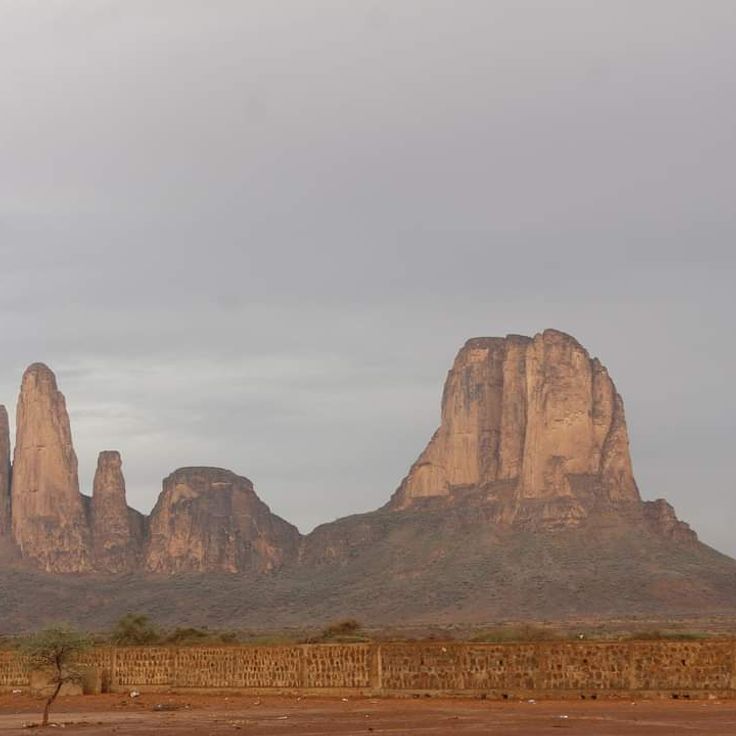
Mopti, Mali
The five sandstone peaks rise 600 meters in the desert. The geological formation resembles an outstretched hand reaching towards the sky.
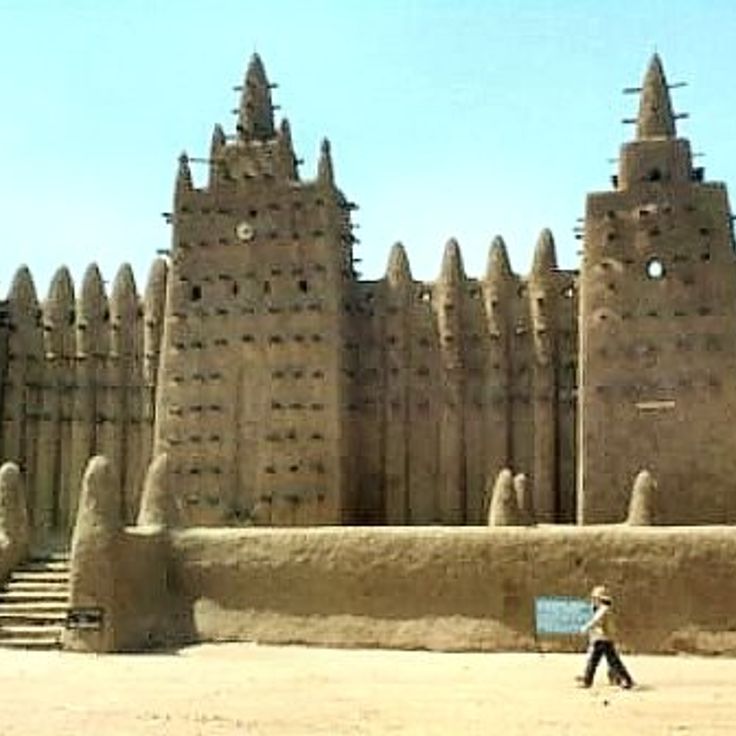
Mopti, Mali
Remains of an ancient Malian city founded in the third century BCE, evidencing early sedentary occupations in the region of the Inner Niger Delta.
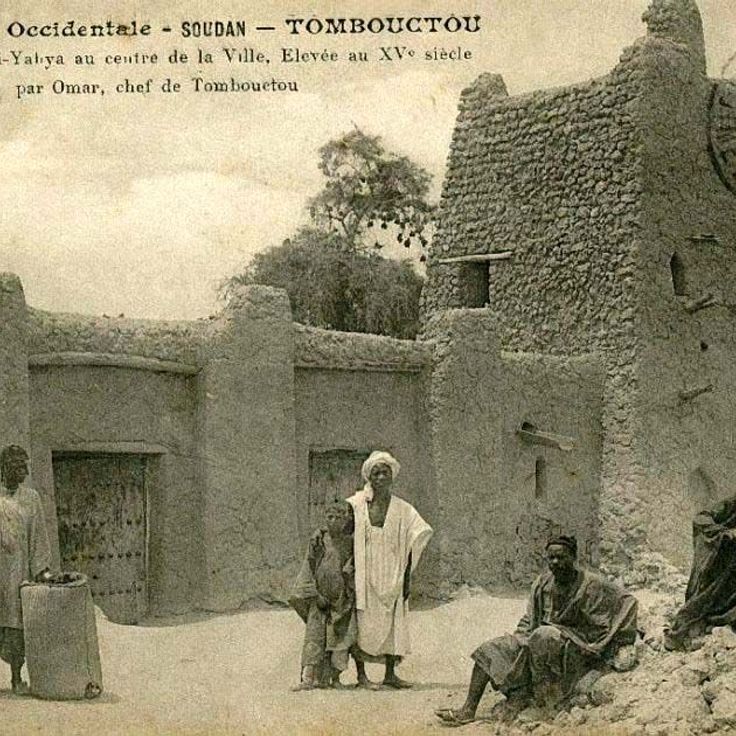
Timbuktu, Mali
This mosque built between 1400 and 1440 features three minarets and an inner courtyard. It functions as a religious education center with its adjoining madrasa.

Mali
The third-longest river in Africa stretching 1700 kilometers in Mali, creating a fertile inland delta and supplying water to several regions of the country.
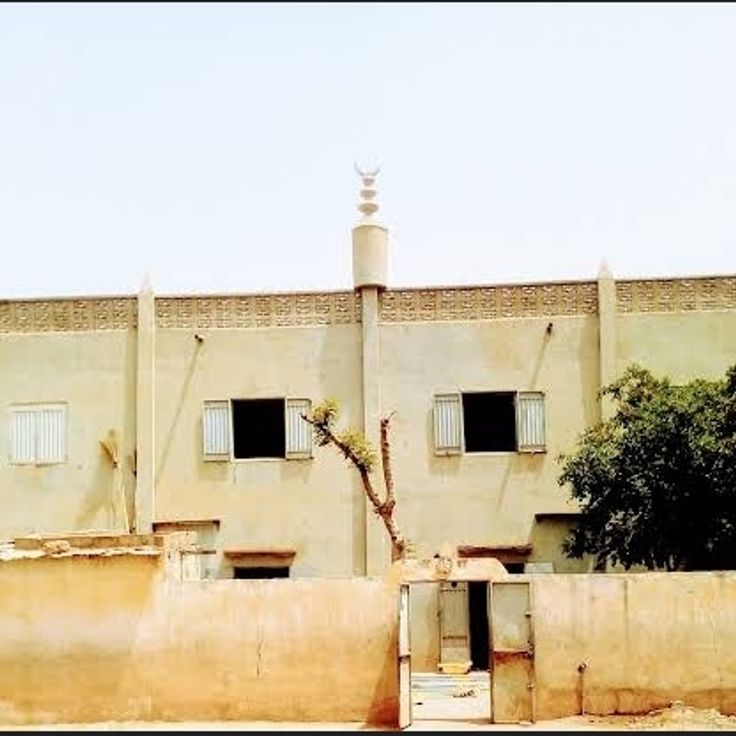
Mopti, Mali
The walls of this mosque are built with puddled clay, a traditional technique using compacted raw earth. The building features buttresses characteristic of regional religious architecture.
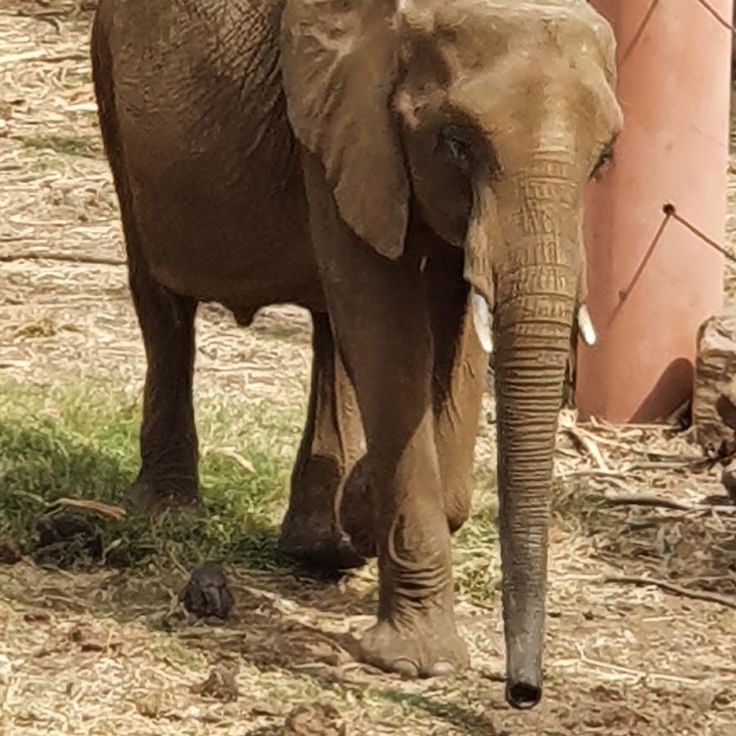
Mali
Series of waterfalls on the Baoulé River in southern Mali, forming natural pools surrounded by rock formations and local vegetation.
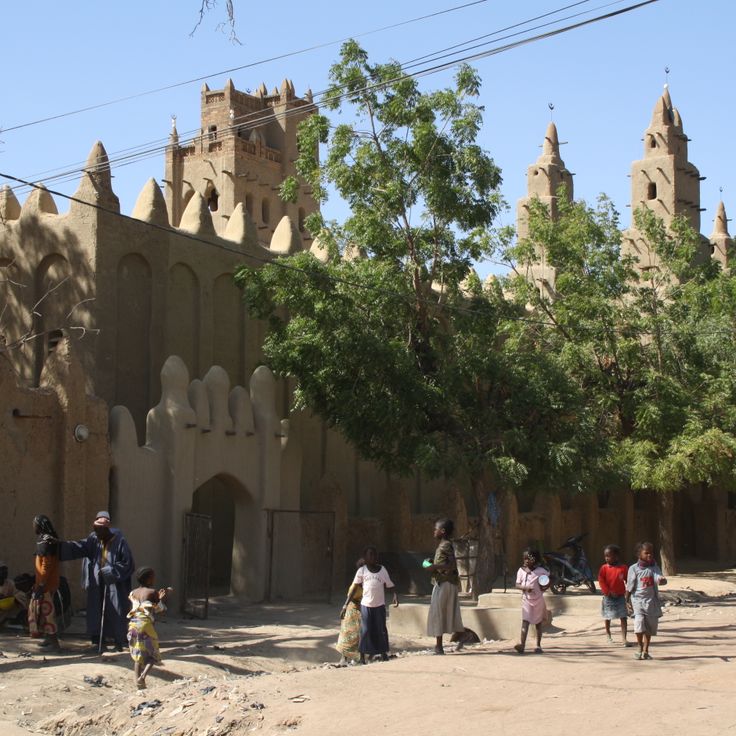
Ségou, Mali
This mosque built in 1948 displays Sudanese architecture with mud-brick walls and exposed beams. It can accommodate several hundred worshipers.
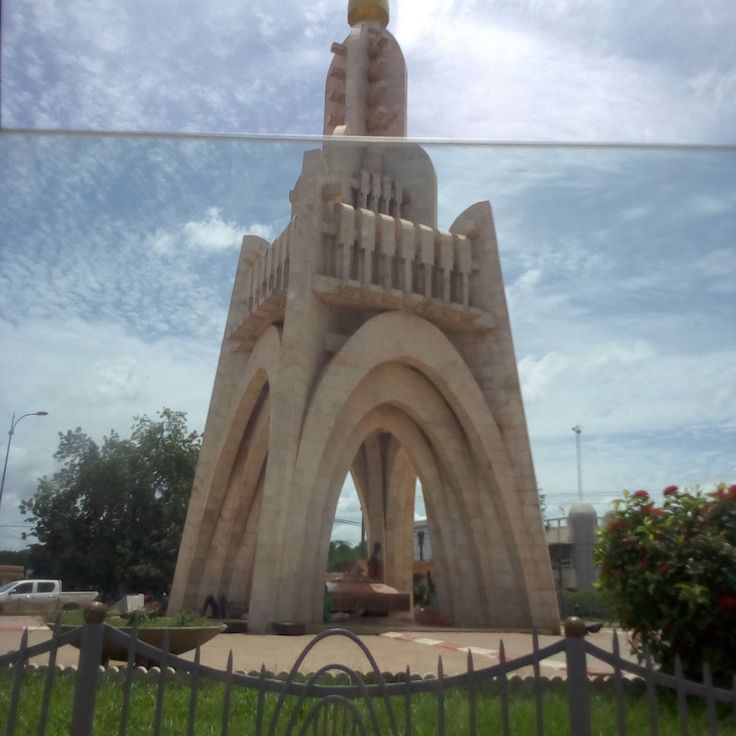
Bamako, Mali
Commemorative structure erected in Bamako to celebrate Mali's independence obtained in 1960, located on Republic Square in the administrative center.

Bamako, Mali
Colonial building dating from 1930 housing the main postal services of the Malian capital with architecture representative of the era.
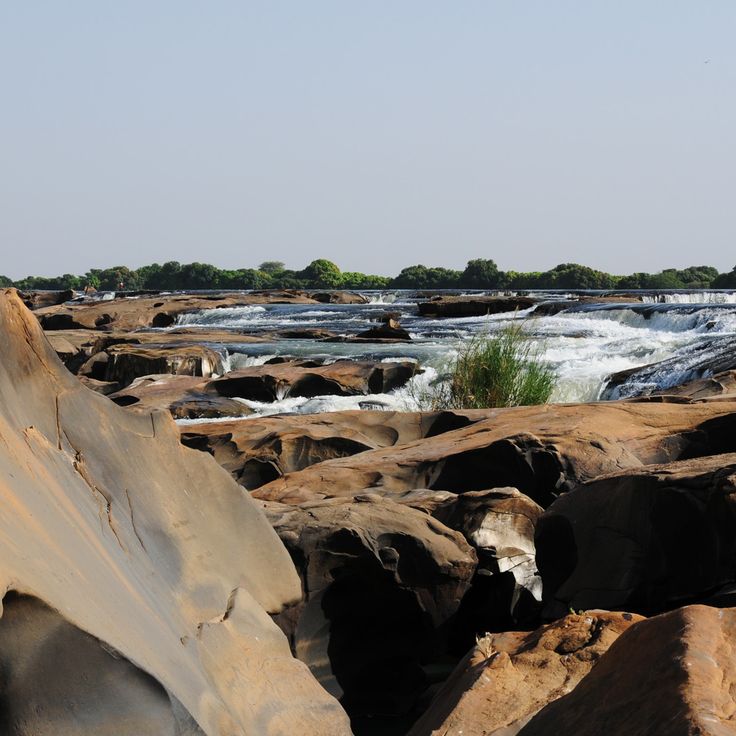
Mali
Natural rock formation creating a series of waterfalls on the Senegal River, located 15 kilometers from Kayes. The site features a hydroelectric plant.

Mali
Capital of the Macina Fulani Empire founded in 1820 by Sékou Amadou. The remains include walls and earthen structures.

Sikasso, Mali
Earthen defensive wall constructed in the 19th century under the reign of Tiéba Traoré, measuring 9 meters high and surrounding the town.
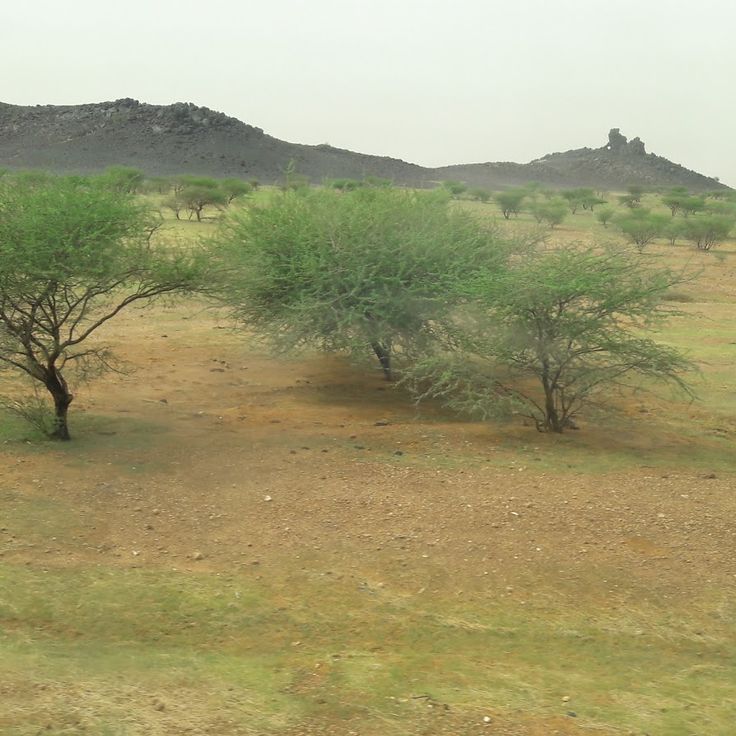
Mali
Natural reserve located in the Bafing region protecting different species of plants and animals in their natural habitats along the Bafing River.
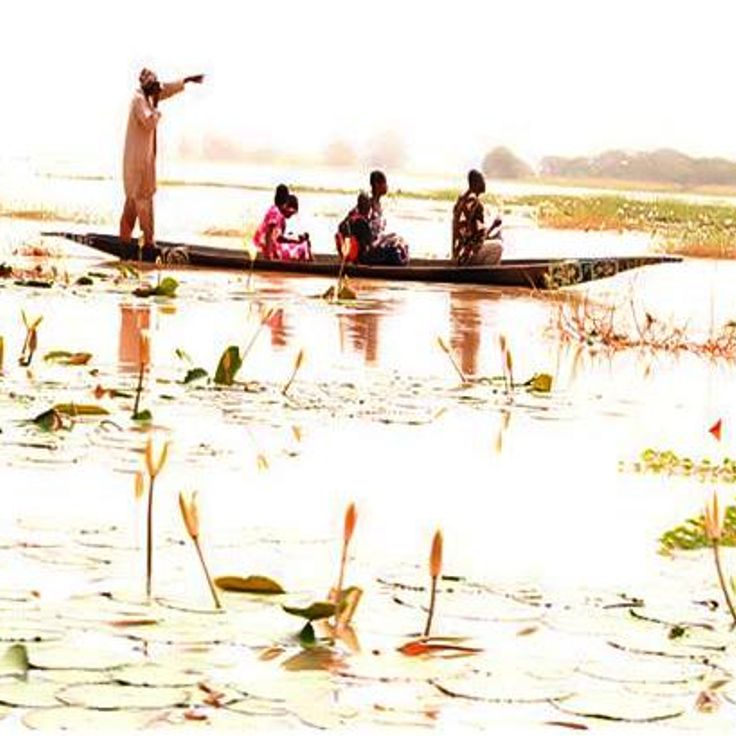
Mali
Natural body of water serving as a reservoir for local populations and providing a habitat for numerous species of aquatic birds.